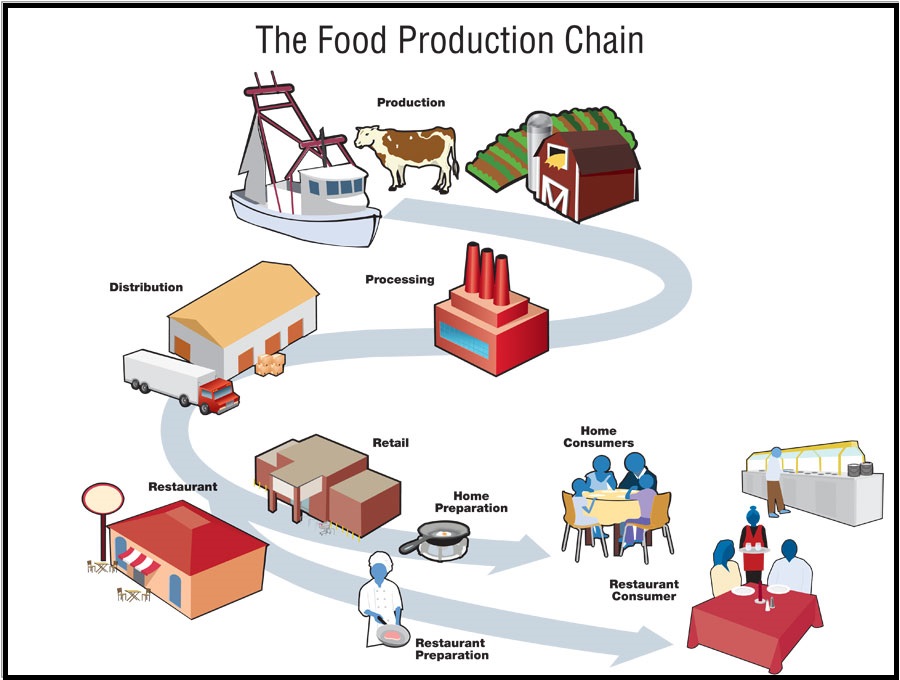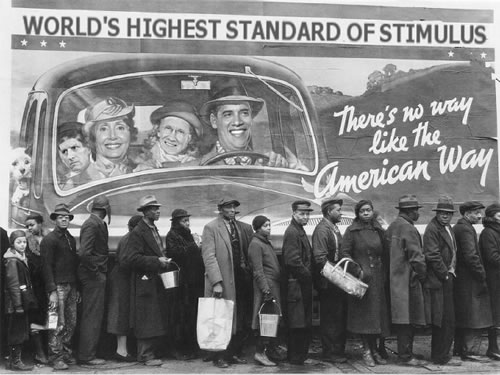This is not a surprise data-point for readers here. However, it is good to see honest statements from corporate executives on what to expect with food inflation.
 As noted by Kroger Chief Financial Officer Gary Millerchip in a call with financial media, we can expect to see even more rapid inflation in food prices overall in the next several months:
As noted by Kroger Chief Financial Officer Gary Millerchip in a call with financial media, we can expect to see even more rapid inflation in food prices overall in the next several months:
MSM – Cincinnati-based Kroger Co., which had $132 billion in sales last year, says inflation is running hotter than management previously anticipated and that expectations are now for prices to rise 2% to 3% over the second half of this year.
Kroger is “passing along higher cost to the customer where it makes sense to do so,” said CFO Gary Millerchip on the company’s second-quarter earnings call on Friday. (read more)
The reason for more inflation is not too difficult to understand. Fresh foods show fast price increases immediately because they have almost no pre-existing inventory. Fresh foods go from field to fork the fastest, and price increases show up immediately. The same applies to restaurants.
However, processed foods and shelf stable foods have a deeper inventory, the turns on that inventory take longer, and as a consequence, it takes longer for the price increases to show up. Millerchip is simply saying the total supply chain price increases are going to hit, and they are going to hit even harder than the last few months, as the new processed inventory carries a higher cost.
The skyrocketing prices at the grocery store are predictable based almost entirely on Joe Biden’s pro-Wall Street and Multinational Corporation policies. Main Street is getting hammered, and the working class is suffering as a direct result.
Their specific accountability for these outcomes is why the Biden administration is trying to distract and blame COVID-19 for supply chain issues. However, it is not COVID driving the prices, it’s Joe Biden policies that benefit multinationals. {Go Deep}
Food products are fast-turn consumable goods, and the inflation in the food sector is jaw-dropping already. However, fresh and processed foods turn at different inventory levels.
Obviously fresh foods spoil fastest (think produce, fish, meats and dairy), so they are replenished more quickly, and the thin supply chain (field to fork) passes along increased costs fast. Processed foods have a longer shelf life (boxed, canned, frozen, etc), and as a consequence, have a much larger inventory level in manufacturing, warehousing and retail storerooms/shelves. Within processed foods, there is a lag between cost increase at origination and that cost hitting the stores.
The problem identified within the current ‘producer price index’, is that price increases in the raw material and intermediate material are building into the supply chain. Keep in mind, the entire supply chain is dependent on energy costs and the fuel prices that impact transportation.
The retail consumer supply chain for manufactured and processed food products includes bulk storage to compensate for seasonality. There are over 800 commercial and public warehouses in the continental 48 states that store frozen products (2020 data). The previously processed food price increases are currently reflected on store shelves (already hurting). However, the coming processed processed food price increases will be much, much higher. We will see even higher prices on processed foods in the supermarket.
The same price increases happen for restaurants, albeit faster as they follow the similar supply chain to fresh foods.
Pro Tip – Buy your Thanksgiving and Christmas holiday shelf-stable items now (spices, condiments, flour, sugars, dried foods etc.) before the prices go up in the next few months.

